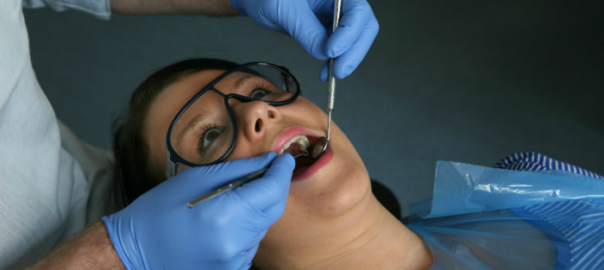Will Stem Cell Fillings Replace Root Canals?

The endless possibilities of stem cell therapy are well known to the realms of orthopedics and skin rejuvenation, but now dentistry is joining the field of regenerative medicine to help potentially minimize the need for root canals. Scientists Kyle Vining of Harvard and Adam Celiz of the British University of Nottingham have teamed up to devise a stem cell cavity treatment that is revolutionizing the modern cavity treatment.
Standard Cavity Treatment
Dentistry practices have long been founded on the assumption that the parts of teeth damaged by cavities need to be removed and replaced. Today, if you head into a dentist’s office with a cavity, your dentist will drill away the decayed part of your tooth (the cavity) and replace it with some type of filling meant to keep out bacteria and infection in the future. However, for many people, the filling is not enough to protect the tooth from long-term damage. If a tooth continues to decay, it eventually exposes the pulp tissue and causes enormous pain and terrible infection. The only solution at that point is a root canal to empty the tooth of its damaged “core” and fill it with amalgam to keep the tooth functioning.
Changing the Paradigm
Vining and Celiz have offered a fresh take on cavities as an opportunity for improvement rather than a problem to be handled. The team of scientists created a synthetic biomaterial that stimulates stem cells to actually repair teeth. If dentists use the biomaterial in cavity fillings, the tooth’s pulp tissue can regenerate itself and actually improve the health of the tooth. Healthier teeth are less likely to decay, which would dramatically minimize the number of root canals needed by the general population.
Steady Trail of Progress
While the product developed by Vining and Celiz is undeniably ground-breaking, they aren’t the first to apply concepts of regenerative medicine to field of dentistry. In 2012, Harvard bioengineering professor David Mooney used low-power light to trigger stem cell regeneration in rodents that had holes drilled into their molars.
Given that the modern era of dentistry only started forming in the eighteenth century, the fact that stem cells are quickly becoming a main component of dental restoration is truly impressive.


